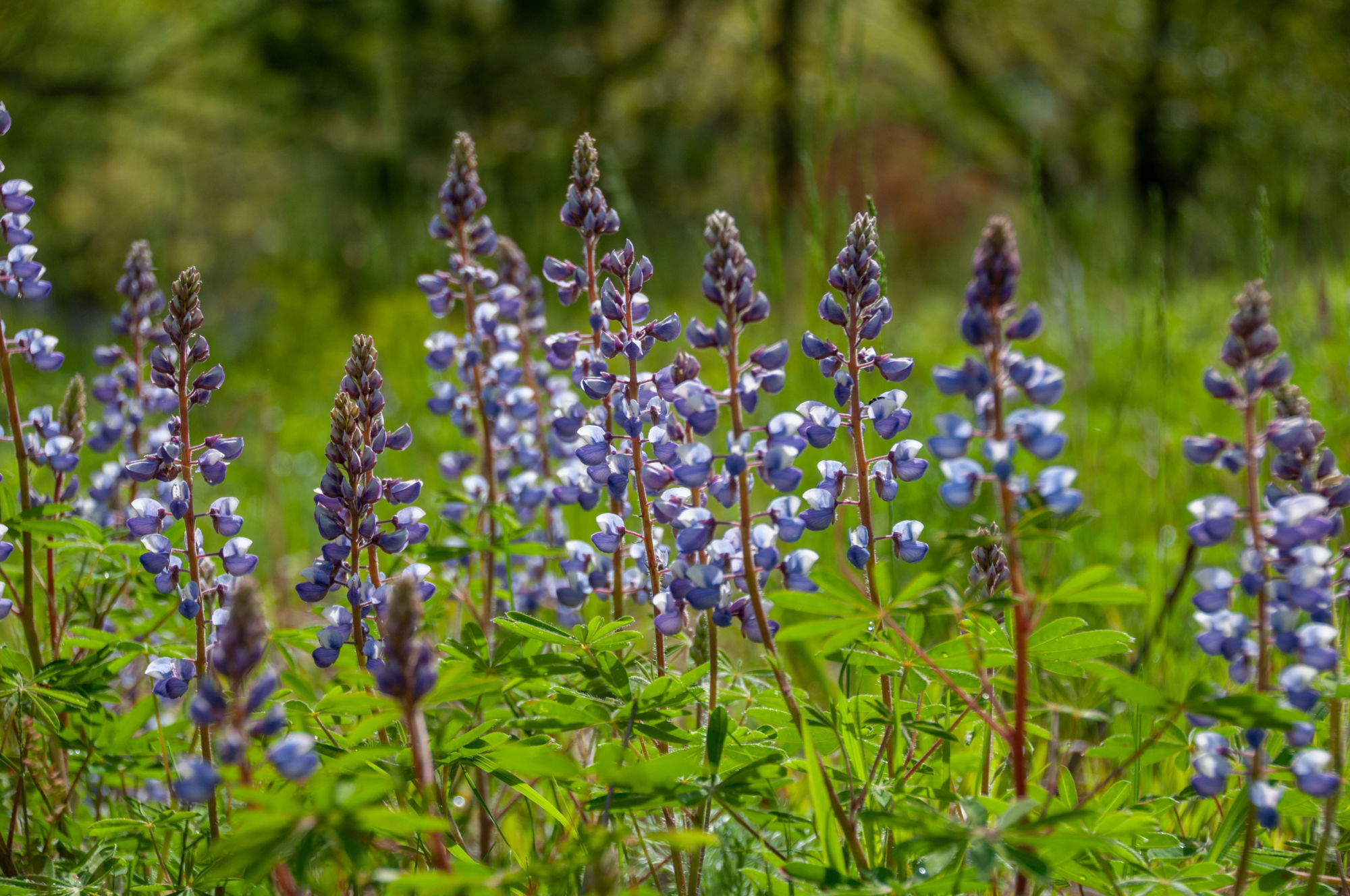
Protecting the forest beside the inland sea
Enchanted with a rare Lake Michigan lakeshore forest community, Douglas and Gretchen Paprocki devoted themselves to ensuring its permanent preservation.
In 1986, Douglas Paprocki and his late wife Gretchen purchased a cottage on the Lake Michigan lakeshore. Much like today, it was at a time when water levels had reached historic highs—a drama that fascinated the couple.
“Gretchen and I were both history teachers and outdoorspeople. It was natural for us to be curious about the human and environmental background of wherever we were at, whatever time whatever place,” Doug said.
The more time they spent at their cottage, the more they became intrigued by the ever-changing landscape just outside their door and in particular the beautiful, rugged forest beyond their property line. Having hiked and camped throughout West Michigan, they had an inkling that it was unique among the forests they’d encountered and set out to learn more about its history and ecology.
 “As we engaged in the fascinating observation and research during the past quarter of a century, our judgment came to be that here was one of the few examples of a mature northern hardwood forest community in western Michigan,” Doug said. “We felt that as the next handful of decades go by, this particular landscape, along with some adjoining areas, would become an old growth forest, as there are numerous trees in the 100- to 200-years-old category now.”
“As we engaged in the fascinating observation and research during the past quarter of a century, our judgment came to be that here was one of the few examples of a mature northern hardwood forest community in western Michigan,” Doug said. “We felt that as the next handful of decades go by, this particular landscape, along with some adjoining areas, would become an old growth forest, as there are numerous trees in the 100- to 200-years-old category now.”
As they learned more about the special character of the landscape, they became concerned with ensuring its protection. In 1993, the nearby forested property went up for sale. With the help of the granddaughter of the property’s elderly owner, Doug and Gretchen found a way to purchase the land—with the promise that they would not develop it.
To ensure it would remain undeveloped forever, the couple sought help from the Land Conservancy of West Michigan.
“We arrived at placing a conservation easement on the dunal forest property because we learned that was the only way to permanently protect the property once it left our ownership,” Doug said.
Doug and Gretchen worked closely with Land Protection Director April Scholtz to establish the conservation easement, accomplishing that goal in 1994.
“This advent of ownership and stewardship kindled a desire to learn as much as we could about the forest make up and the past interactions of people with this landscape and the surrounding area,” Doug said.
The couple spent their visits to the area learning from and appreciating the many nuances of the forest landscape.
“Every time we came, there was a case of finding something new. Whether it was different wildlife, or discovering more in the way of plants,” Doug said.
As the years passed, they continued their education, going to libraries, county clerks’ offices, register of deeds offices in adjacent counties and the state library and archives in Lansing. Ultimately, Gretchen compiled their research, experiences and Doug’s photographs into a book titled “Beside the Inland Sea.”
The wonders of the forest seemed infinite. Doug began to use game cameras to capture photos of wildlife like porcupines, bobcats, foxes and coyotes. One captured a particularly memorable moment:
“[It] caught the diving of a hawk trying to snag a squirrel on the forest floor. Fortunately for the squirrel, or unfortunately for the hawk, the squirrel was close enough to a tree to barely escape by racing around and up it,” Doug said.
 He also became fascinated by the abundant fungi that appeared throughout the woods, though he admits he still struggles to identify the many different species.
He also became fascinated by the abundant fungi that appeared throughout the woods, though he admits he still struggles to identify the many different species.
“It’s frustrating, but it is an additional part of the life that exists there,” Doug said. “It looks like a relatively quiet, still, uneventful landscape on days on which there isn’t a storm, but there is so much going on. So much.”
When Doug and Gretchen purchased the dunal forest they grew to love and care for, they never imagined it might one day become part of a nature preserve.
In 2012, the Land Conservancy, with the help of many generous donors, successfully protected a nearby lakeshore property that became Flower Creek Dunes Nature Preserve. In 2017, the preserve expanded northward to include the land adjacent to the forest Doug and Gretchen had owned and cared for since 1993. Though Gretchen is now gone, Doug wants to protect their shared legacy and sell this special treasure to the Land Conservancy—ensuring that it will be as carefully protected and cared for as it has been for the last two decades.
“With the stewardship agreement that’s part of the purchase agreement, the conveyance to the Land Conservancy means the best possibility for future permanent protection for this forest community, as it would be highly unlikely for there to be an ongoing series of private party owners who would all care about this landscape as we have,” Doug said.
To successfully acquire the property and ensure its protection forever, the Land Conservancy must raise $200,000 by November 1! Thanks to the generous donors who have already given, we are more than halfway to our goal! You can help us reach the finish line by making a donation today.
All images in this post by Doug Paprocki





Joe Engel
Thanks for sharing your story, Doug, and for protecting this special place for generations yet to come – a fitting gift to Gretchen’s legacy and your shared passion for this land.
Gloria Meert
Where is this located on Lake Michigan Shore? I am not familiar with the area.
Marie Orttenburger
Hi Gloria! It is located in Muskegon County in Montague. Here is it’s location on Google Maps: https://goo.gl/maps/pUwMP29WZtCC6JNc7